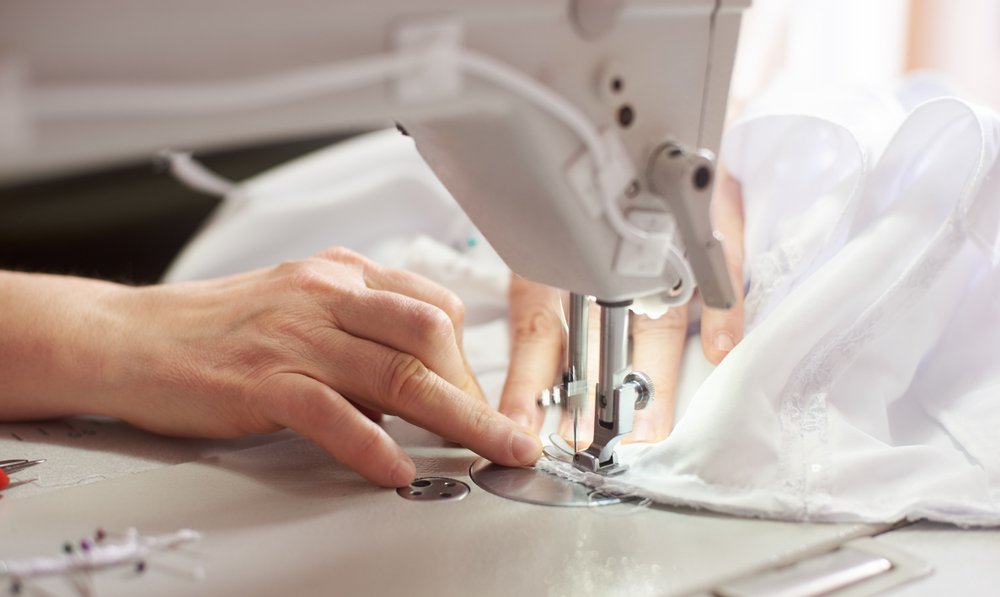Are you an avid quilter or looking to start quilting as a hobby? Then you might have come across the term “quilting sewing machines” and wondered what sets them apart from regular sewing machines. In this comprehensive guide, we will explore the world of quilting sewing machines, the key differences between them and regular sewing machines, and the essential features to consider when choosing the perfect quilting sewing machine for your needs. So let’s dive in and unravel the mystery behind these specialized machines!
What is a Quilting Sewing Machine?
A quilting sewing machine is a specialized type of sewing machine designed specifically for quilting – the process of sewing multiple layers of fabric together to create a padded, decorative effect. These machines come with features that make it easier to work with thick layers of fabric and create intricate quilt patterns. Quilting sewing machines are available in various types, including mechanical, electronic, and computerized models, each with its unique set of features catering to different skill levels and preferences.
Key Differences Between Regular Sewing Machines and Quilting Sewing Machines
While both regular sewing machines and quilting sewing machines can sew fabric together, there are some key differences that set them apart:
- Workspace Size: Quilting sewing machines typically have a larger workspace or throat space (the area between the machine’s body and the needle) than regular sewing machines. This extra space makes it easier to maneuver large, bulky quilts while sewing.
- Feed Dogs: Quilting sewing machines often have a drop-feed mechanism, allowing you to lower the feed dogs (the small metal teeth that move the fabric) and have full control over the fabric’s movement. This feature is essential when doing free-motion quilting, where you need to move the fabric in all directions.
- Presser Foot: Quilting sewing machines come with specialized presser feet, such as a walking foot or a darning foot, designed to handle multiple layers of fabric and provide even pressure across the quilt sandwich.
- Stitch Options: Quilting sewing machines often have a variety of stitch options specifically designed for quilting, such as decorative stitches and quilting stitches that help secure the layers of fabric together.
- Speed Control: Many quilting sewing machines have adjustable speed settings, allowing you to sew at a slower pace for more control when working on intricate quilt patterns.
- Features to Consider When Choosing a Quilting Sewing Machine
When shopping for a quilting sewing machine, there are several features to consider to ensure you find the perfect machine for your needs:
- Workspace Size: As mentioned earlier, a larger workspace or throat space is essential for quilting, especially if you plan to work on large quilts. Look for a machine with a throat space of at least 9 inches or more.
- Stitch Options: A variety of stitch options, including decorative and quilting stitches, will allow you to create beautiful and functional quilts. Some machines also have an automatic stitch regulator, which helps maintain consistent stitch length when doing free-motion quilting.
- Needle Position: A quilting sewing machine with an adjustable needle position allows you to move the needle to the left or right, providing more control when sewing along seams or creating intricate patterns.
- Presser Foot Options: Look for a machine that comes with a walking foot and a darning foot, both essential for quilting. Additional presser foot options, such as a 1/4-inch seam foot or an open-toe appliqué foot, can also be helpful for various quilting techniques.
- Extension Table: An extension table provides additional support for large, bulky quilts, making it easier to maneuver the fabric while sewing.
- Built-in Lighting: Good lighting is crucial when working on intricate quilt patterns. Look for a machine with built-in LED lights that illuminate the workspace.
- Automatic Thread Cutter: An automatic thread cutter saves time and effort by trimming the thread with the push of a button.
- Budget: Quilting sewing machines can range from a few hundred to several thousand dollars, so consider your budget and the features most important to you when choosing a machine.
Conclusion
Quilting sewing machines are an essential tool for anyone serious about quilting. Understanding the key differences between regular sewing machines and quilting sewing machines, as well as the essential features to look for in a quilting sewing machine, will help you make an informed decision when purchasing your next machine. With the right machine in hand, you’ll be well on your way to creating stunning, heirloom-quality quilts that will be cherished for years to come.




